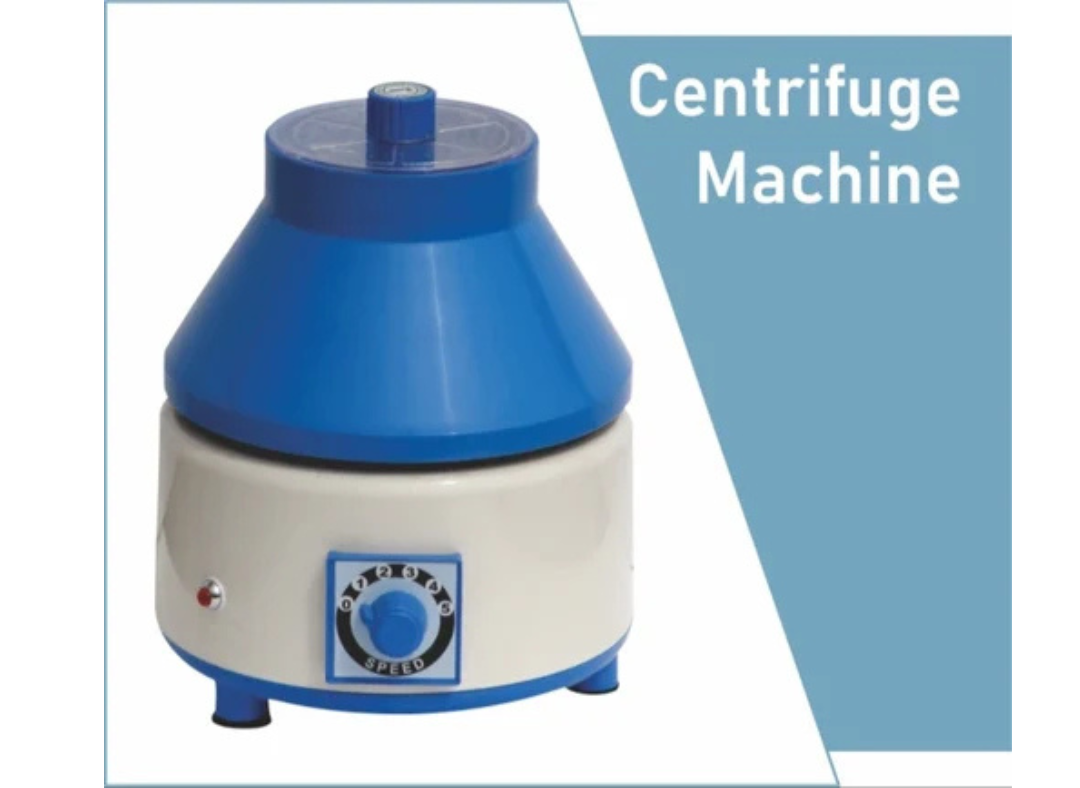4-A Gobind Nagar, Ambala Cantt - 133001, Haryana, India
+91 9996230084
How to Minimize Errors in Lab Experiments with Proper Equipment

Laboratory experiments are the backbone of scientific research. However, even minor errors in experiments can lead to inaccurate results, wasted resources, and misleading conclusions. One of the most effective ways to reduce these errors is by using the right laboratory equipment and following best practices. At Om Scientific & Electronic Devices, we provide high-quality scientific instruments that enhance accuracy and reliability in research laboratories.
In this blog, we’ll explore practical strategies to minimize errors in lab experiments through proper equipment selection, maintenance, and usage.
Why Minimizing Errors is Crucial in Lab Experiments
Errors in lab experiments can have serious consequences:
-
Inaccurate Results: Small mistakes can distort experimental data, leading to invalid conclusions.
-
Resource Wastage: Repeated experiments due to errors consume time, chemicals, and other lab resources.
-
Reduced Reproducibility: Consistency is key in research, and errors can make it difficult to replicate experiments.
Using the right equipment and adhering to best practices ensures reliable results and efficient laboratory operations.
Common Sources of Errors in Lab Experiments
Before addressing solutions, it’s important to understand where errors typically occur:
-
Measurement Errors: Incorrect weighing, pipetting, or volume measurements.
-
Instrument Malfunctions: Faulty or poorly maintained equipment can introduce variability.
-
Human Error: Mishandling samples or misreading measurements.
-
Environmental Factors: Temperature, humidity, and contamination can affect results.
-
Improper Sample Handling: Incorrect storage, mixing, or preparation techniques.
Recognizing these sources of error helps laboratories take proactive measures to prevent them.
How Proper Equipment Helps Reduce Errors
The use of accurate, reliable, and well-maintained instruments can significantly minimize laboratory errors. Here’s how:
1. Precision Instruments Ensure Accurate Measurements
Accurate measurements are critical for reproducible results. Using precision balances, micropipettes, and volumetric instruments reduces the risk of measurement errors. Instruments from Om Scientific & Electronic Devices are designed for high accuracy, ensuring consistent results in every experiment.
2. Calibrated Equipment Improves Reliability
Regular calibration of lab instruments is essential. Even high-quality equipment can produce errors if calibration is neglected. Establish a routine schedule for calibrating balances, pipettes, and analytical devices to maintain their precision.
3. Automated Tools Reduce Human Error
Automation in laboratories can significantly minimize errors caused by manual handling. Automated pipettes, dispensers, and sample preparation devices ensure uniformity and reduce variability caused by human factors.
4. Proper Storage and Environmental Control
Some instruments, like incubators, freezers, and controlled-environment chambers, help maintain optimal conditions for experiments. Proper environmental control prevents errors due to temperature fluctuations, humidity, or sample degradation.
5. Regular Maintenance Extends Equipment Accuracy
Proper maintenance of laboratory instruments is vital. Cleaning, servicing, and replacing worn-out components help prevent unexpected malfunctions that could compromise results.
Best Practices for Using Laboratory Equipment
To maximize the benefits of high-quality equipment, follow these best practices:
-
Read Instrument Manuals Carefully: Understand operational guidelines before use.
-
Document Calibration and Maintenance: Keep a log to ensure instruments are functioning correctly.
-
Train Laboratory Personnel: Well-trained staff handle equipment properly and reduce the likelihood of errors.
-
Use Appropriate Equipment for Each Task: Avoid using instruments beyond their designed capacity or precision limits.
-
Minimize Sample Contamination: Use sterile tools, gloves, and proper handling techniques.
By combining proper equipment with disciplined practices, labs can significantly reduce experimental errors.
Advantages of Investing in Quality Laboratory Equipment
High-quality instruments are an investment in research accuracy and efficiency. Benefits include:
-
Increased Reliability: Consistent and reproducible results.
-
Time Efficiency: Reduced need for repeat experiments.
-
Cost Savings: Minimized wastage of reagents and resources.
-
Enhanced Safety: Instruments designed to meet safety standards reduce operational risks.
At Om Scientific & Electronic Devices, we offer a wide range of precision scientific instruments that help researchers achieve high accuracy and efficiency in their experiments.
Conclusion
Minimizing errors in lab experiments is essential for reliable, reproducible, and cost-effective research. Proper laboratory equipment, regular calibration, maintenance, and adherence to best practices all play a critical role in reducing experimental errors. By investing in high-quality instruments and training laboratory personnel, research labs can enhance the accuracy and credibility of their results.

